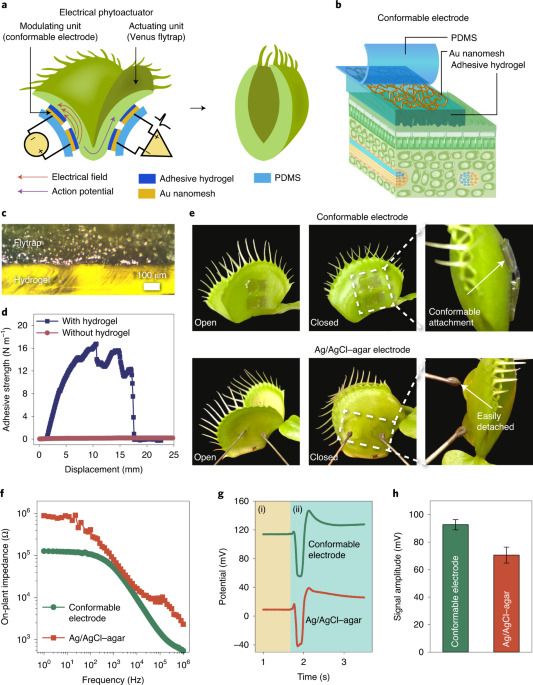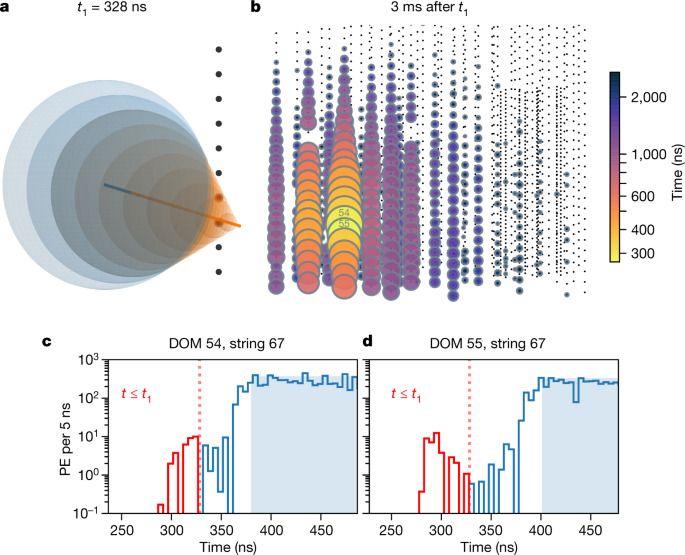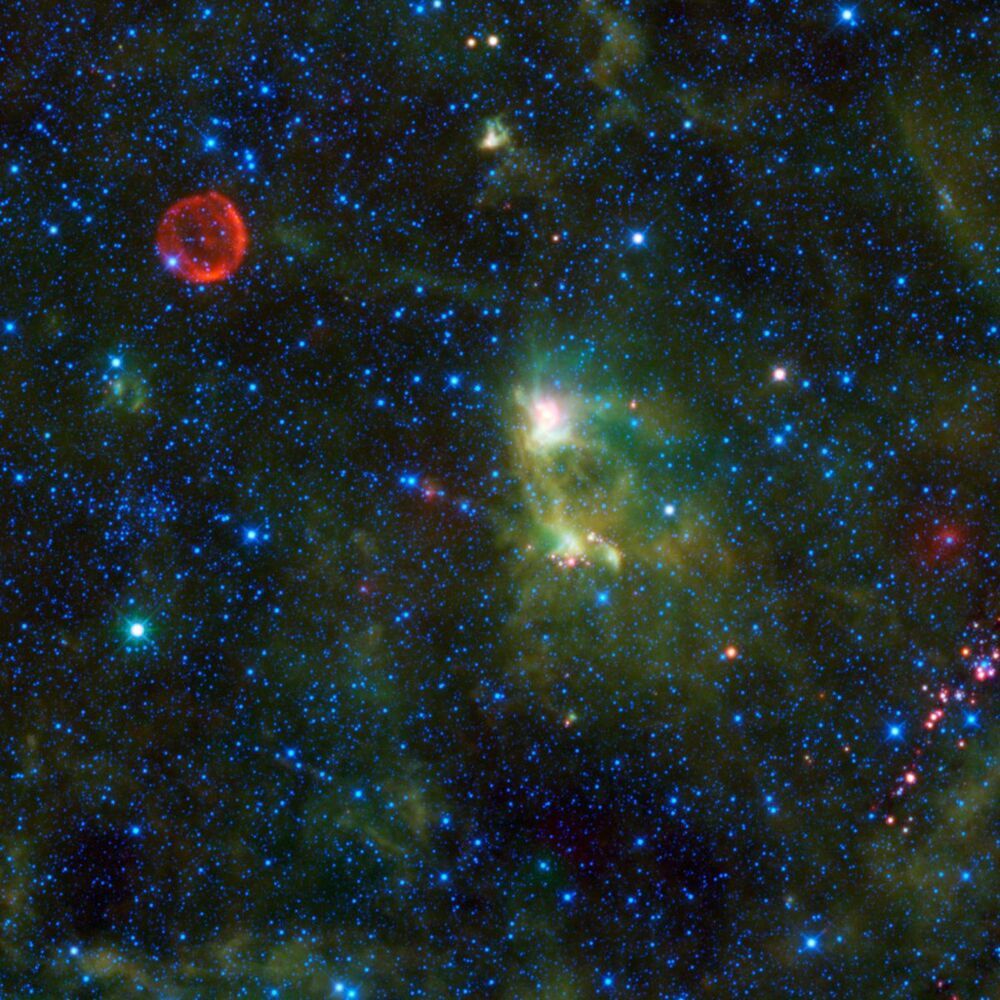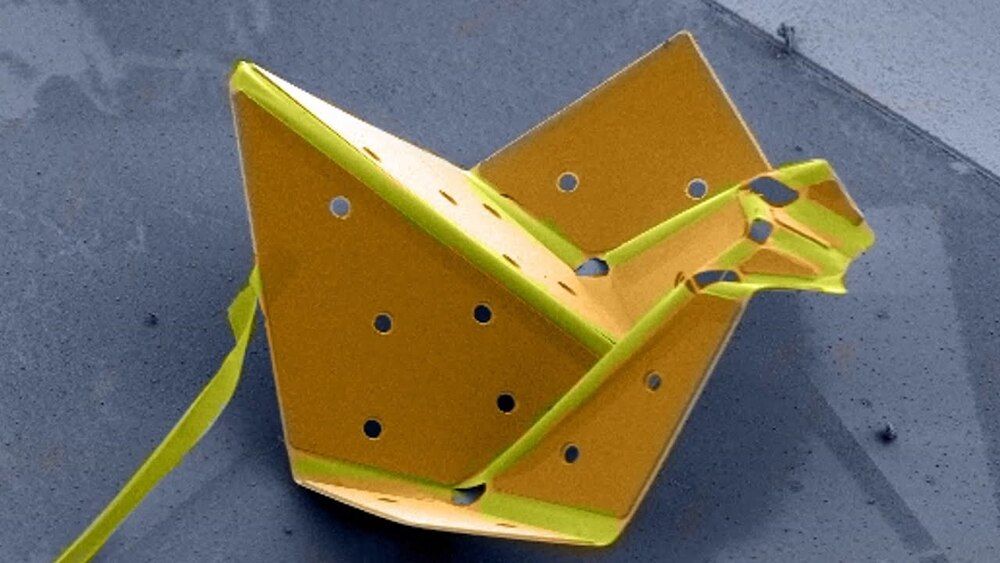An atmospheric argon discharge plasma was induced by a high-power microwave beam using a 28 GHz gyrotron and investigated at pressures of 40 kPa–100 kPa and Gaussian peak intensities of 0.115 GW/m2…
The bitcoin market now exceeds $1 trillion with its price rising tenfold in a year, but focus is shifting towards the massive power requirements needed to sustain the online currency.
Here are some questions and answers about bitcoin:
The complex surface topography on biological tissues presents a major challenge in bio‐electronic interfacing. Taking hairy plants as an example, an ionic electrode based on a thermogel is reported,…
By using a conformable electrical interface as an electrical modulating unit and a Venus flytrap as an actuating unit, a biohybrid actuator can be created that is power efficient and responsive, and it can be wirelessly controlled via a smartphone.
A new AI model that harnesses the power of the world’s fastest supercomputer, Fugaku, can rapidly predict tsunami flooding in coastal areas before the tsunami reaches land.
The development of the new technology was announced as part of a joint project between the International Research Institute of Disaster Science (IREDeS) at Tohoku University, the Earthquake Research Institute at the University of Tokyo, and Fujitsu Laboratories.
The 2011 Great East Japan Earthquake and subsequent tsunami highlighted the shortcomings in disaster mitigation and the need to utilize information for efficient and safe evacuations.
A particle shower detected by the IceCube Neutrino Observatory at the very high energy of the Glashow resonance demonstrates its potential for the study of high-energy particle physics and astrophysics.
5 january 2020.
This paper proposes the use of Flower Constellation (FC) theory to facilitate the design of a Low Earth Orbit (LEO) slotting system to avoid collisions between compliant satellites and optimize the available space. Specifically, it proposes the use of concentric orbital shells of admissible “slots” with stacked intersecting orbits that preserve a minimum separation distance between satellites at all times. The problem is formulated in mathematical terms and three approaches are explored: random constellations, single 2D Lattice Flower Constellations (2D-LFCs), and unions of 2D-LFCs. Each approach is evaluated in terms of several metrics including capacity, Earth coverage, orbits per shell, and symmetries. In particular, capacity is evaluated for various inclinations and other parameters. Next, a rough estimate for the capacity of LEO is generated subject to certain minimum separation and station-keeping assumptions and several trade-offs are identified to guide policy-makers interested in the adoption of a LEO slotting scheme for space traffic management.
Previous chapter Next chapter.
Tyson’s latest book “Cosmic Queries” covers the gamut from early Earth’s pond scum to potential multiverses to out-of-the-box ideas about the potential that we live in a false vacuum cosmos.
After the past year’s pandemic pall, it’s nice to be reminded that we remain inextricably connected to the cosmos beyond Earth’s atmosphere. In the new book “Cosmic Queries: StarTalk’s Guide to Who We Are, How We Got Here, and Where We’re Going,” astrophysicist and StarTalk podcast host Neil DeGrasse Tyson, along with George Mason University physics professor James Trefil, clearly remind us of our cosmic legacy.
Tyson, Director of New York City’s Hayden Planetarium at the American Museum of Natural History, is well known for his ability to provoke the public into thinking harder about our place in the cosmos. And “Cosmic Queries” does just that. Tyson and Trefil succinctly lead the reader through almost every aspect of cosmic history while addressing age-old questions with new verve.
Designed with a wealth of graphic and color images with pithy captions, the book is also peppered with amusing tweets from Tyson’s own Twitter account over the last decade. The book and his tweets touch on some of StarTalk’s recurring themes, such as Why is the universe the way it is? Are we alone? And how it all began and how it might all end?
If you want to build a fully functional nanosized robot, you need to incorporate a host of capabilities, from complicated electronic circuits and photovoltaics to sensors and antennas.
But just as importantly, if you want your robot to move, you need it to be able to bend.
Cornell researchers have created micron-sized shape memory actuators that enable atomically thin two-dimensional materials to fold themselves into 3D configurations. All they require is a quick jolt of voltage. And once the material is bent, it holds its shape—even after the voltage is removed.
Nodes known as Alice, Bob and Charlie share entangled state across two different labs.









